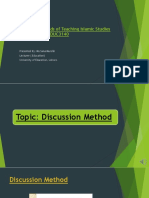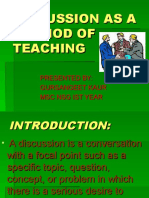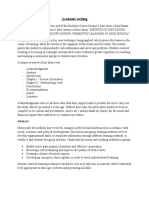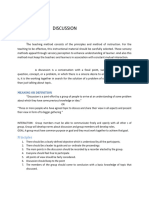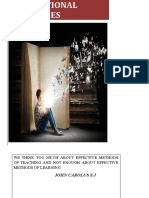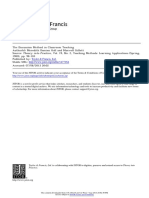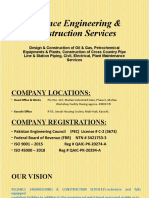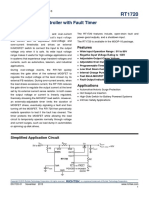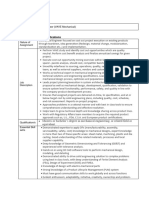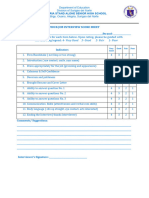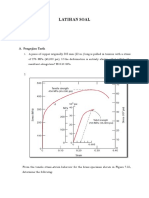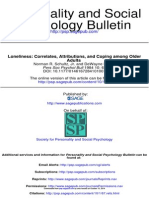0% found this document useful (0 votes)
24 views3 pages7 Time Tested Instructional Procedure-Discussion Method
Time tested instructional procedure
Uploaded by
padrequiladaisyree568Copyright
© © All Rights Reserved
We take content rights seriously. If you suspect this is your content, claim it here.
Available Formats
Download as PDF, TXT or read online on Scribd
0% found this document useful (0 votes)
24 views3 pages7 Time Tested Instructional Procedure-Discussion Method
Time tested instructional procedure
Uploaded by
padrequiladaisyree568Copyright
© © All Rights Reserved
We take content rights seriously. If you suspect this is your content, claim it here.
Available Formats
Download as PDF, TXT or read online on Scribd
/ 3










